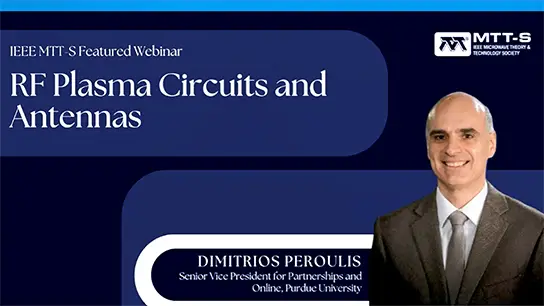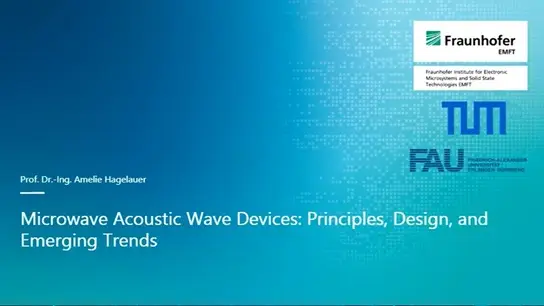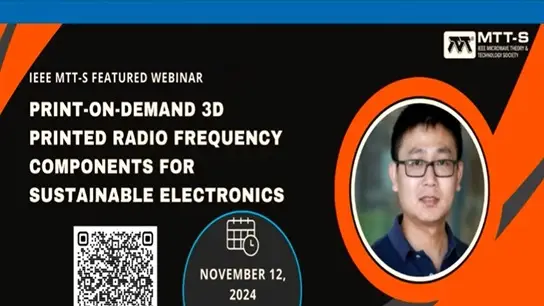-
Members: FreeMTT
IEEE Members: $9.00
Non-members: $14.00Length: 01:00:40
19 Jun 2017
Radar systems are a key technology of modern vehicle safety & comfort systems. It will only be the symbiosis of Radar, Lidar and camera-based sensor systems which can enable advanced autonomous driving functions. Several next generation car models could have up to 10 radar sensors per vehicle, allowing a radar-based 360° surround view. Hence the industry demand for high-precision, multi-functional radar systems is higher than ever before, leading to increased research and development activities in the field on functionality and sensor capabilities. Current automotive radar technology is almost exclusively based on the well-known principle of frequency-modulated continuous-wave (FMCW) radar. However, new degrees of freedom have been added to traditional FMCW radar system design in hardware capabilities, simultaneous use of transmit and receive channels with independent modulation features and bandwidths, with advanced signal processing. This webinar focuses on a review on the fundamentals of FMCW radar and sensors. Insights into the distributed or centralized processing concepts and sensor data fusion are discussed. The presentation dives into the details of currently used fast-chirp FMCW processing. Fundamentals of target range and velocity estimation based on the radar data matrix, the spatial dimension available using modern single-input multiple-output (SIMO) and multiple-input multiple-output (MIMO) radar systems is presented Of interest is the topic of angular resolution. Traditional and modern methods for direction of arrival estimation in FMCW radar systems are presented. The presentation will then introduce the great challenge of FMCW radar system interference. While FMCW radar interference is a challenge which can be handled using adaptive signal processing in today’s systems, it will become a severe problem with the increasing number of radar-sensors equipped vehicles in dense traffic situations in the near future, Alternative radar waveforms such as pseudo-random or orthogonal-frequency division multiplexing (OFDM) for automotive radar systems are presented.


